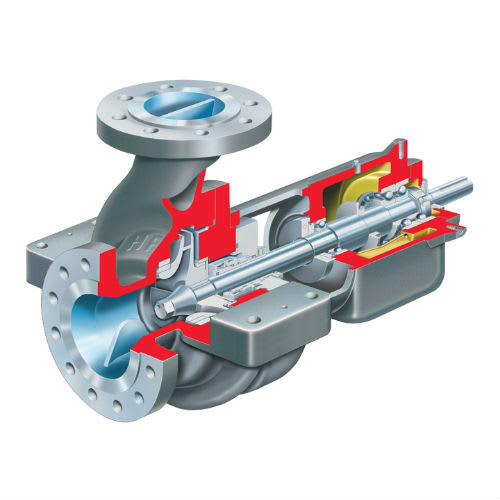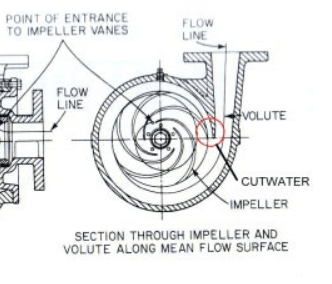Good day all,
I am trying to find any information I can on how the length of piping of a pump's discharge affects its performance/operation.
Consider a single stage OH type pump which takes atmospheric hydraulic oil and pumps it to a compressor at 180 psi. Suction enters the pump horizontally and discharges vertically.
If the distance between the discharge nozzle and outlet piping valve is 2 feet, how would this affect the performance/operation of the pump if the distance is reduced to 1 ft or even 6 inches ?
The main reasoning would be to remove as much air pockets as possible in the piping which is currently affecting the pump's performance.
I am trying to find any information I can on how the length of piping of a pump's discharge affects its performance/operation.
Consider a single stage OH type pump which takes atmospheric hydraulic oil and pumps it to a compressor at 180 psi. Suction enters the pump horizontally and discharges vertically.
If the distance between the discharge nozzle and outlet piping valve is 2 feet, how would this affect the performance/operation of the pump if the distance is reduced to 1 ft or even 6 inches ?
The main reasoning would be to remove as much air pockets as possible in the piping which is currently affecting the pump's performance.


